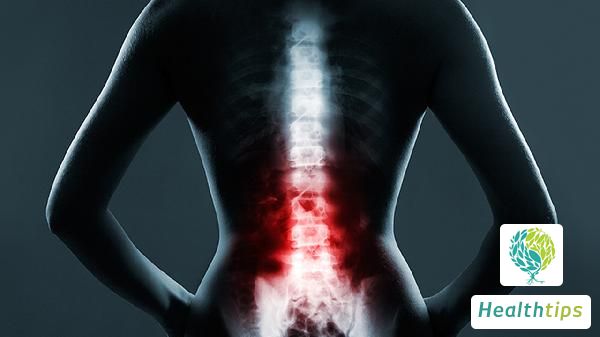"What Size Constitutes a Gastric Ulcer?"
There is no definitive clinical criterion for the size of a gastric ulcer. A gastric ulcer refers to an inflammatory defect that occurs in the inner wall mucosa of the stomach, potentially extending deeply to the muscularis propria or serosa.

I. Symptoms
1. Epigastric Pain: The pain is typically located in the middle to upper abdomen, characterized as burning and occurs approximately one hour after meals, subsiding after 1-2 hours. Some patients may experience dull pain or simply a feeling of fullness and discomfort.
2. Nausea and Vomiting: Excessive gastric acid secretion caused by gastric ulcers irritates the gastrointestinal tract, triggering reflex vomiting.
3. Loss of Appetite: Gastric ulcers impair the digestive function of the stomach, affecting normal food digestion and absorption, resulting in symptoms of anorexia.
II. Treatment Measures
1. Pharmacological Treatment: For mild gastric ulcer patients, proton pump inhibitors such as Omeprazole Enteric-coated Capsules and Rabeprazole Sodium Enteric-coated Tablets can be prescribed under a doctor's guidance for acid suppression therapy. Additionally, medications that protect the gastric mucosa, like Colloidal Bismuth Pectin Capsules and Potassium Bismuth Citrate Granules, can be administered as prescribed. In cases of Helicobacter pylori infection, a combination of antibiotics, including Amoxicillin Capsules, Levofloxacin Hydrochloride Capsules, Clarithromycin Capsules, and Furazolidone Tablets, must be prescribed under medical supervision for anti-infective treatment.
2. Surgical Treatment: If the gastric ulcer is severe and accompanied by significant clinical symptoms, surgical intervention, such as gastrectomy, may be necessary.



















